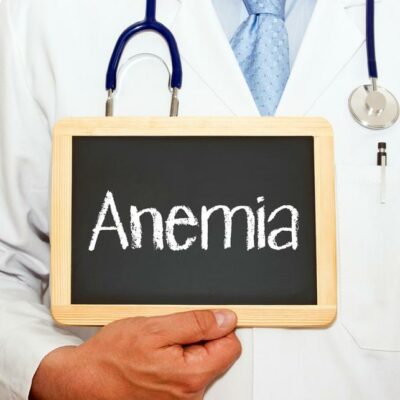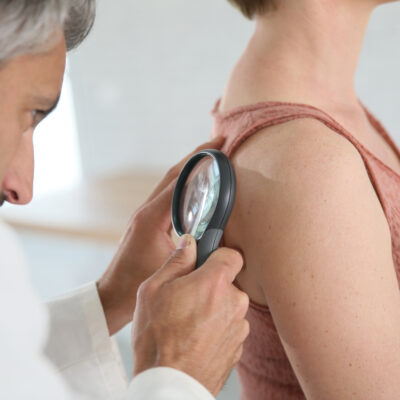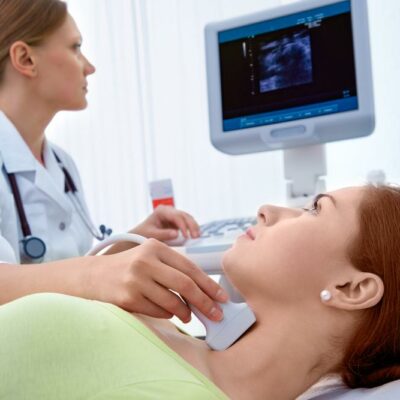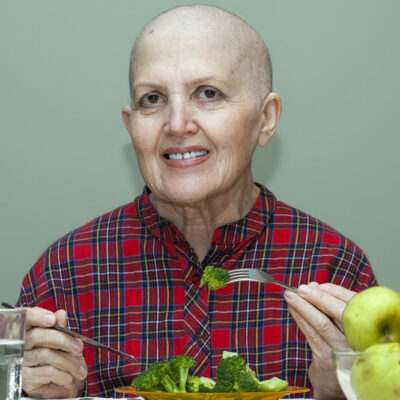
Health
Various Types of Anemia
Anemia occurs when the red blood cells (RBCs) are unable to carry oxygen to the vital organs in the body, which, in turn, affects how they function. Hemoglobin, the red pigment in the red blood cells, which carries the oxygen plays a huge role. Anemia due to iron deficiency Anemia caused by iron-deficiency is the most common type of anemia. It occurs when the body does not produce the required amount of healthy red blood cells or produces imperfect blood cells. Iron-deficiency anemia occurs when the body does not contain enough iron. The human body requires iron to manufacture hemoglobin. The symptoms of iron deficiency anemia are fatigue, weakness, dizziness, headaches, and pale or yellow skin. Doctors may recommend iron pills to help build up your iron levels; however, there are sources of iron such as oysters, beef liver, and lean beef. Vegans can opt for cereals and bread with added iron, lentils, beans, dark chocolate, and dark, green leafy vegetables. Anemia due to vitamin B12 deficiency Vitamin B12 deficiency reflects that the body is lacking or producing lesser amounts of vitamins. Vitamin B12 is required to produce red blood cells, which carries oxygen through your body, leading to anemia.
Read More 















